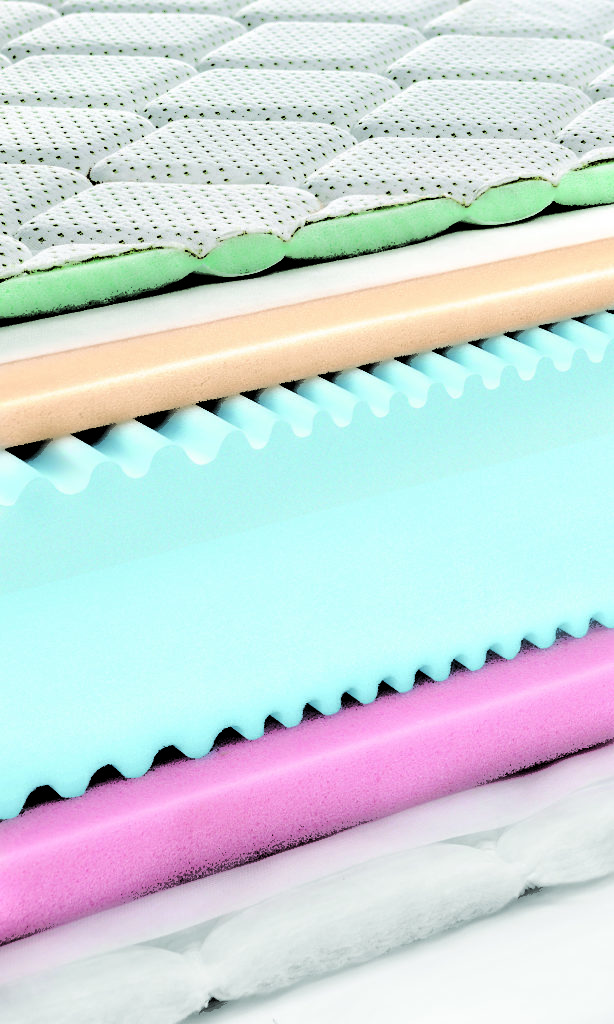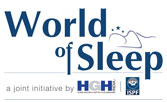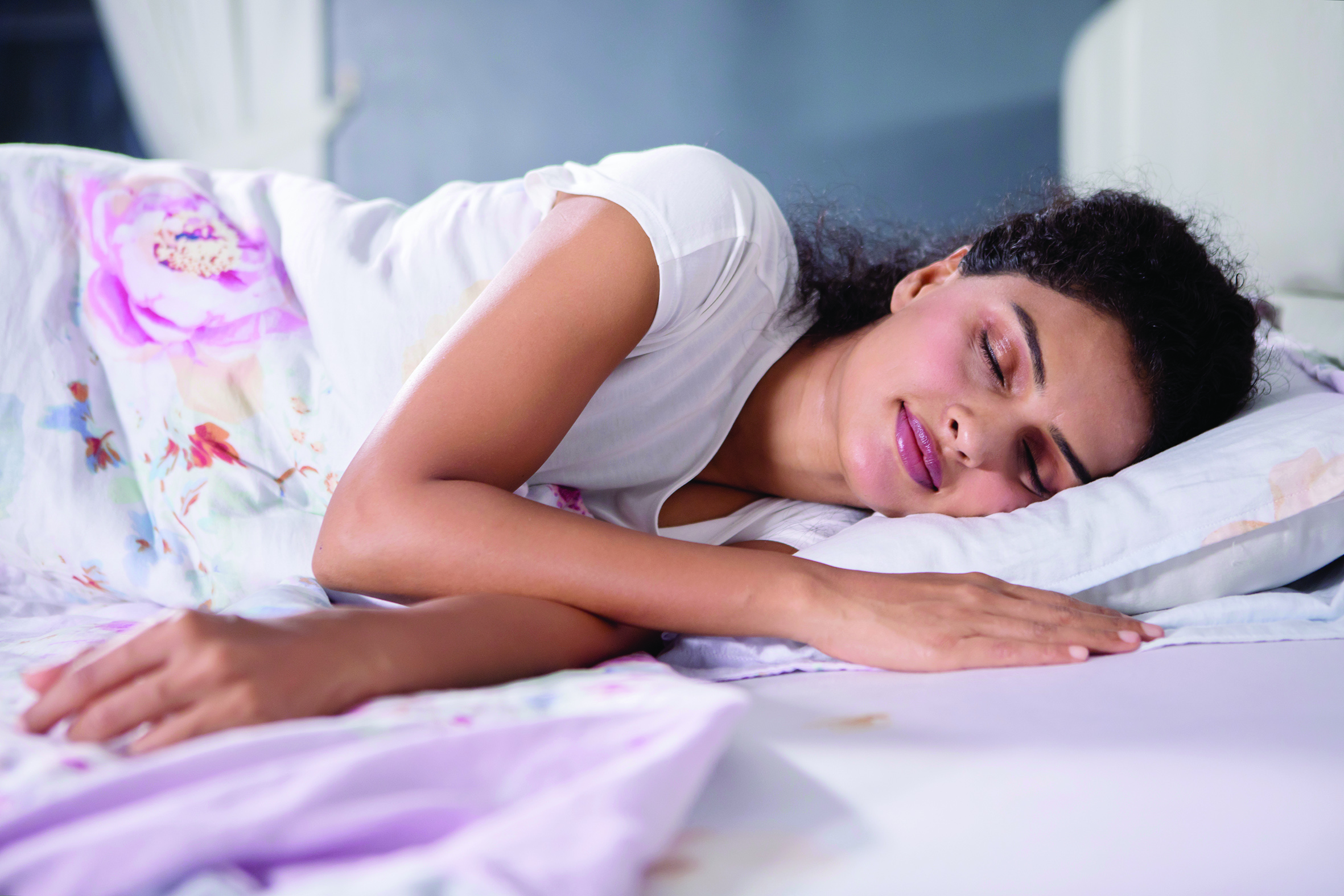Did you ever experienced a soft and comfortable sleep that it felt like you were floating in space? Well, it’s probably because the mattress was built for space!
Yes, it’s called ‘memory foam’, and it was developed by NASA. Memory foam was developed by NASA’s Ames Research Center in the year 1966. However, it wasn’t used to create mattresses for sleeping, as it simply wasn’t comfortable enough at the time to use in a bed, but was instead used to enhance the safety factor associated with aircraft cushions.
Origin of the Memory Foam
In the 1960s, NASA’s engineers were tasked with developing a seating material that could absorb the enormous pressure from the massive gravitational forces experienced by astronauts during takeoff and landing procedures. Moreover, since the astronauts went through a rigorous training regime during which they would drastically gain and lose weight, there was a requirement for a material that could be modified for every single space.
And so, the memory was developed. It was made by mixing various polyols, which are alcohols derived from petroleum products with isocyanates and various reacting agents, after which heat and pressure are introduced to create a ‘mattress bun’.
Originally known as the Temperfoam or T-foam, it was developed by an aeronautical engineer named Charles Yost along with a NASA scientist named Chiharu Kubokawa, who were looking to create a polymeric foam material with incredible viscous and elastic properties. The result was a memory foam with high impact absorption capabilities, extremely soft and comfortable sleep characteristics, and of course, the great utility of adjusting to the astronaut’s body when pressure was applied, and returning to its normal shape once pressure was removed.
So, how did it become a commercially viable product?
You would be surprised to know that NASA never used memory foam for any of its space missions. The reasons were that it lacked the durability for repeated space missions and that it trapped too much heat from an astronaut’s body.

However, NASA did realize that if certain adjustments could be made, the memory foam could find incredible applications right here on our planet. Therefore, they teamed up with a company Mr Yost called ‘Dynamic Systems’ to create derivatives of the product which were less temperature sensitive and more durable. One of the first few applications was in the medical industry, where a memory foam product called ‘Sun Mate’ was used to provide comfortable cushioned seating solutions for patients and the severely disabled.
How did it come into commercial mattresses?
In the 1980s, NASA sold the rights to the top-secret memory foam recipe to Fagerdala World Foams, which was one of the leading Swedish players in the mattress domain. They spent a further ten years perfecting the memory foam for use in mattresses and finally introduced the Tempur-Pedic mattress in the year 1991. It became a raging success upon its introduction, and since then, many other mattress manufacturers have gone on to enhance the memory foam, by adding cooling gels, enhanced support layers, flame-resistant fabric barriers, etc.
Evolution of the Memory Foam
While the memory foam was initially quite expensive, subsequent revisions in the manufacturing process and better research led to a reduction in production and selling costs. However, the first generation of memory foam mattresses still had issues related to overheating, and thus R&D centres worked on creating the 2nd generation of memory foam. In this version of the mattress, companies began utilizing an open cell structure that allowed better airflow in the mattress, therefore helping the user stay much cooler while sleeping.
But improvements didn’t stop there, as the 3rd generation of memory foam called ‘Gel Memory Foam’ was introduced in the year 2006. This mattress consisted of viscoelastic foam infused with ‘cooling gels’ that helped reduce the process of heat absorption from the body. Some players are claiming to have a fourth generation of memory foam too, which has 30 times more air channels than the 3rd generation, thereby allowing for much better cooling. That being said, future development will certainly improve the safety and comfort of the memory foam.
The latest in space sleep: Are these the future of beds?
Considering that a material designed for space now occupies a place in millions of households across the world, it is only natural to look at the latest sleep solutions NASA has come up with for its astronauts, and wonder whether they too will find their way into our bedrooms someday.
Having said that, astronauts currently sleep in specified tiny sleeping compartments which consist of sleeping bags. But since they are in a zero gravity environment, they tend to float around, and so they have to strap their bodies to the sleeping bag so as to avoid bumps.
Fun fact: did you know that astronauts don’t need a pillow to rest their heads on? Because of the zero gravity environment, their heads naturally move forward while sleeping!
However, reports suggest that the entire pillow-mattress assembly for future astronauts will be quite an exciting proposition. While the development is still in its nascent stage, drawings and designs showcase the idea of ‘pillow helmets’, which as the name suggests, are fully wearable devices with an inner cushioned lining, as well as a comfortable neck support attached to the mattress. In addition, these helmets will be equipped with light and temperature sensors that will optimize an astronaut’s sleeping environment. Plus the pillow helmet will also come with a visor with a display screen that can relay relevant data to the astronaut, as well as an in-built speaker device in order for him to communicate or listen to music.
Wearable pillow technology – now that is certainly something that could find its way into our bedrooms someday!
Furthermore, if you’re somebody who is into sci-fi and likes to think well about the future, there’s some news that can certainly get you interested. As you know, NASA has a burning desire to send humans to Mars someday, and an integral part of that is coming up with a sleep solution that can keep men/ women safe through the journey. Well, as per reports, scientists are seriously considering torpor-induced hibernation as a possibility, which involves the astronauts entering into cryogenic pods which will induce hypothermia. This will reduce the metabolism of the astronauts, and reduce the consumption of Oxygen, food and many more essentials.
While it is currently a really long shot, maybe NASA could help develop cryogenic sleep pods for people on Earth! If they’ve helped us sleep once, they could certainly do it again, right?


